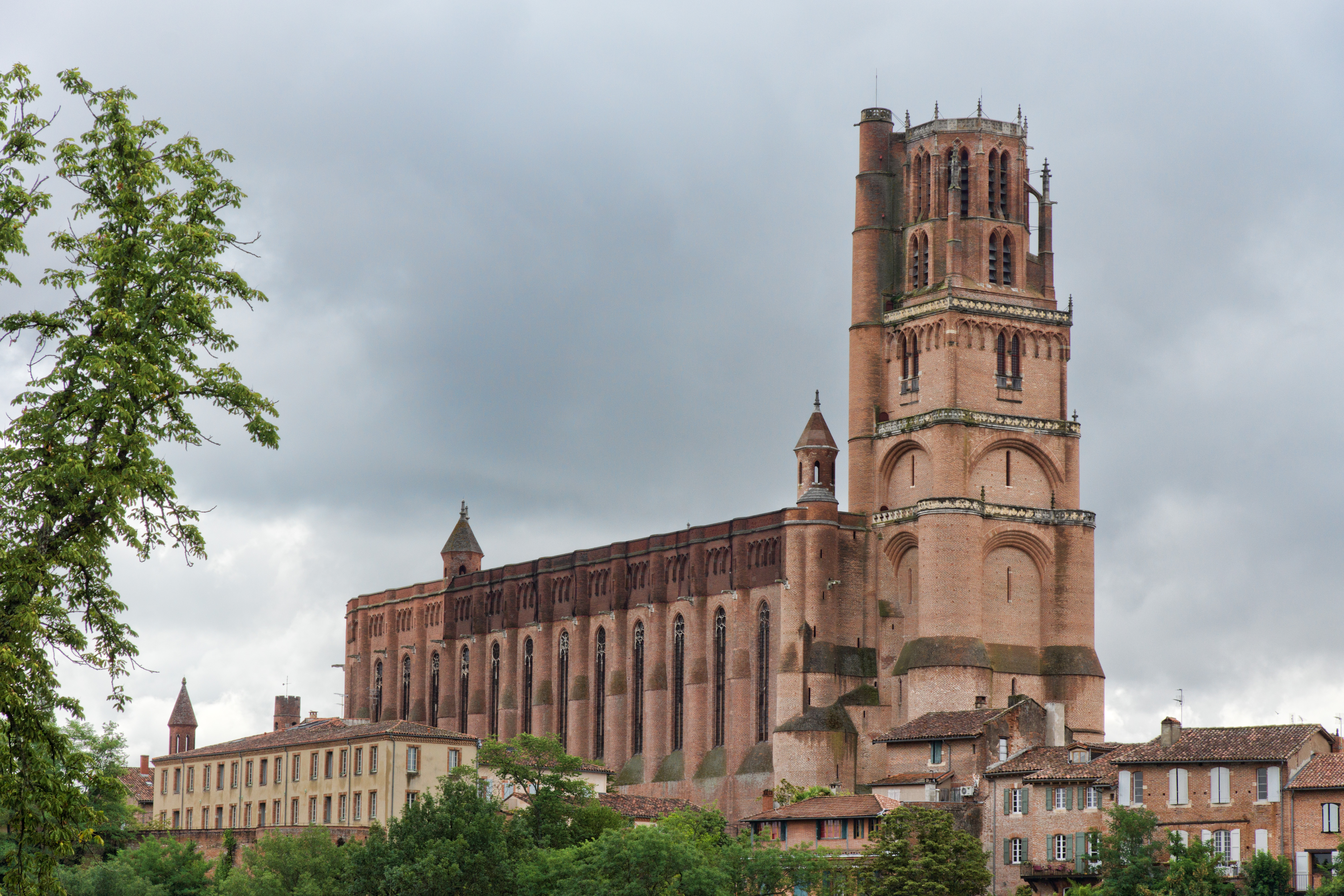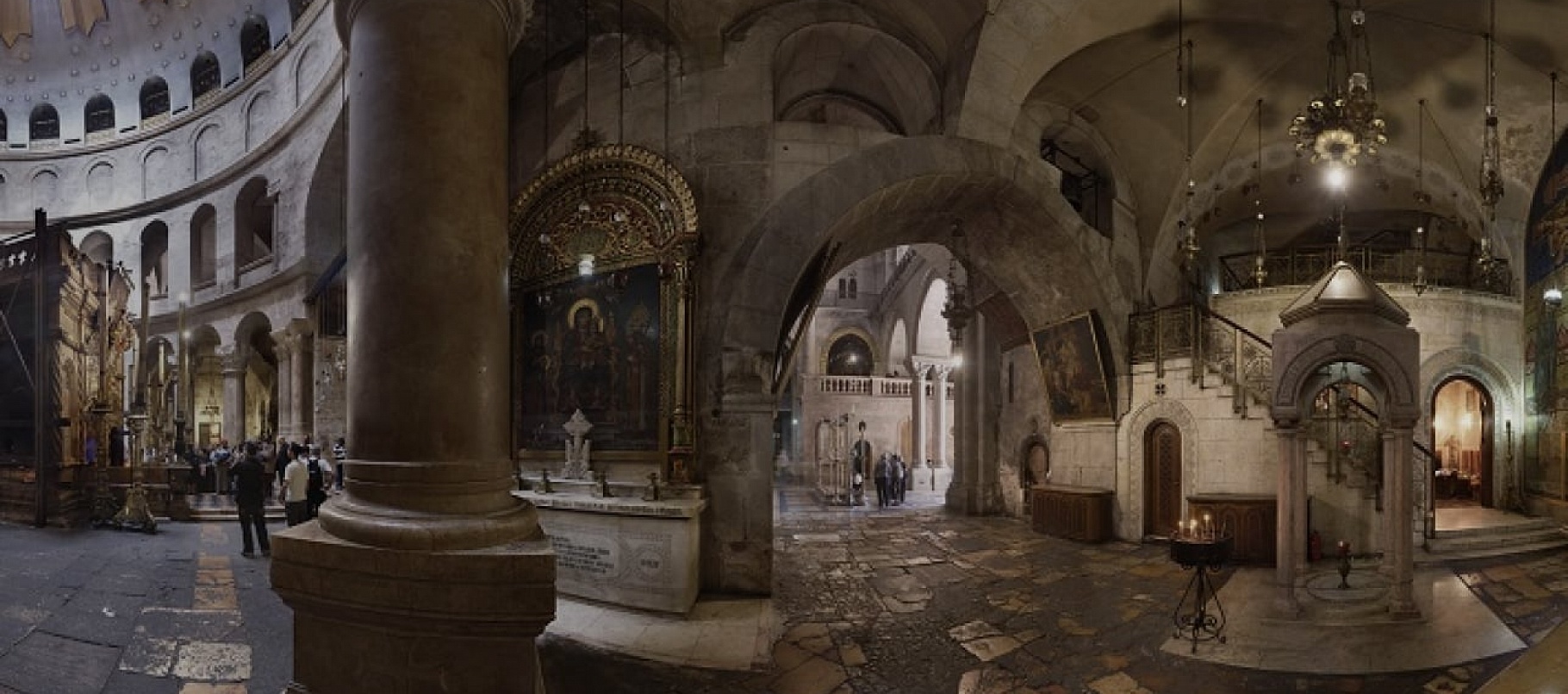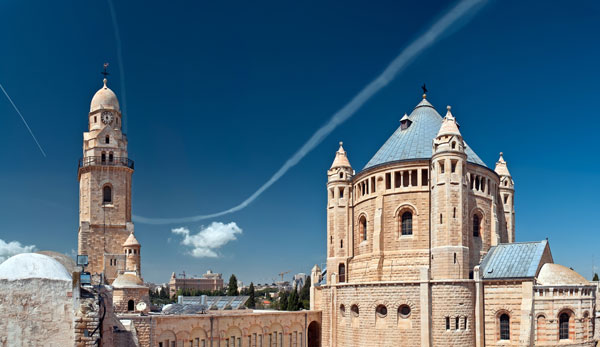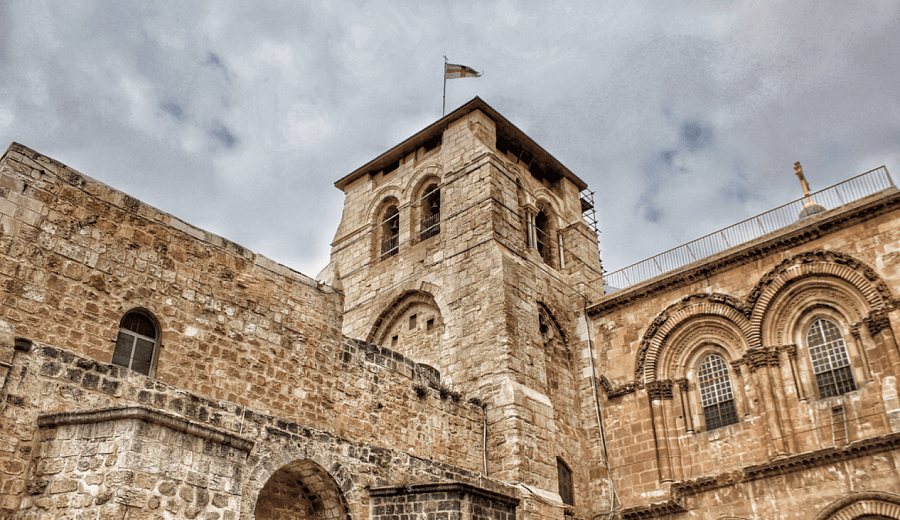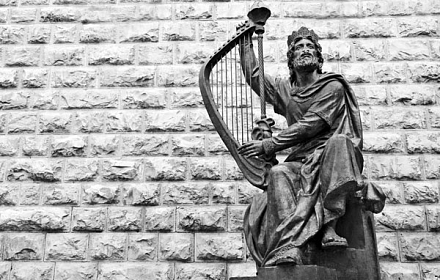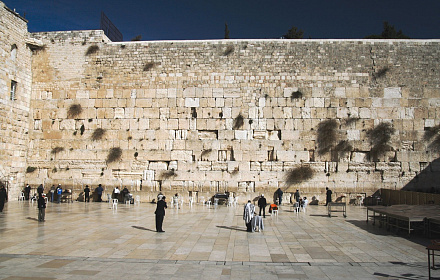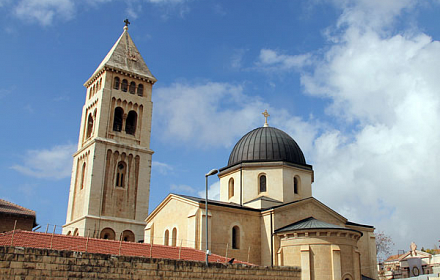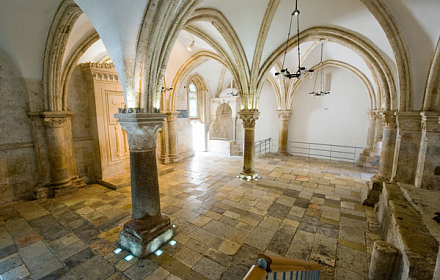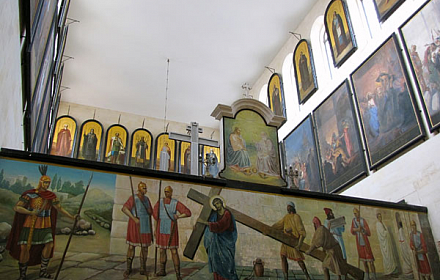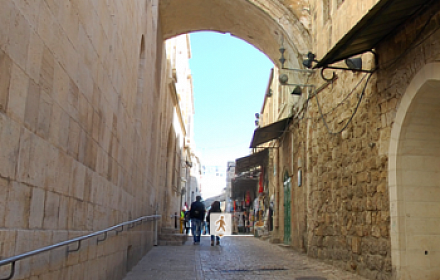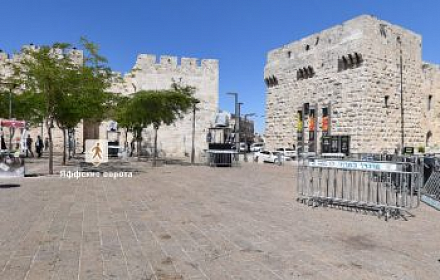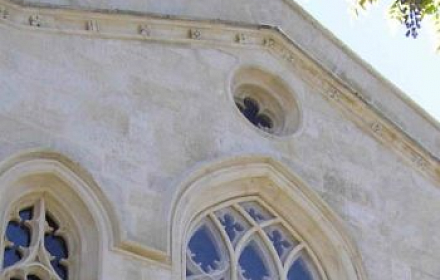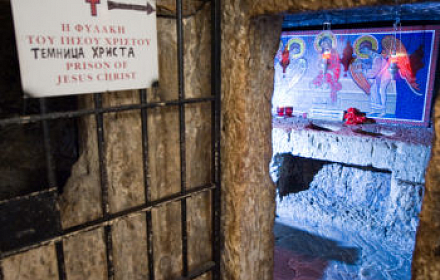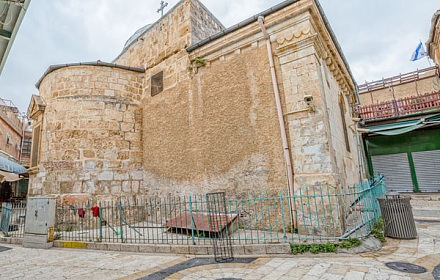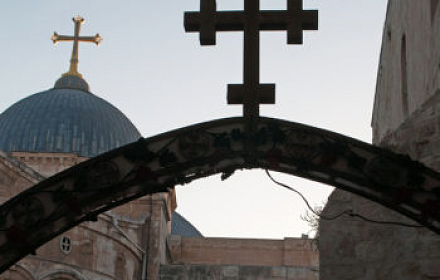Cathedral of Saint Cecilia in Albi
Country
France
Address
5 Boulevard Général Sibille, 81000 Albi, France
Contacts
+33 5 63 38 47 40
0
7758
About object
Cathedral of Saint Cecilia (Basilique Cathédrale Sainte-Cécile d'Albi) in the French city of Albi is considered the largest building in the world, built of bricks. This majestic Gothic cathedral was built on the outside and inside for about two centuries, starting in 1287. And in 2010 it was listed as a UNESCO World Heritage Site.
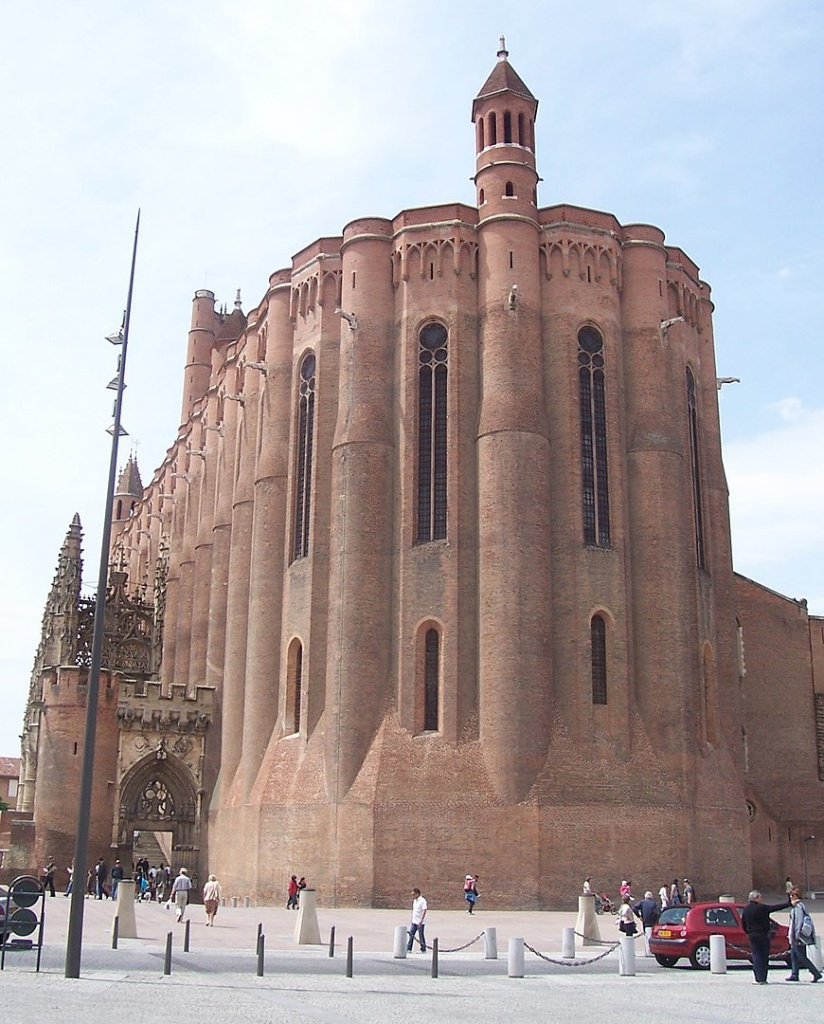 The cathedral was founded by the local bishop Bernard de Castane, concurrently - the inquisitor of Languedoc, as an expression of gratitude to the Lord God for the successful completion of the Albigensian crusade against the heretics - the Cathars. The austere appearance of the cathedral, reminiscent of a fortress, was supposed to symbolize the stronghold of the Catholic faith and its readiness to resist heresies. At the time of the founding of the cathedral, Albi was an episcopal city that was not subject to either the local nobility or the French king - but only directly to the Pope.
The cathedral was founded by the local bishop Bernard de Castane, concurrently - the inquisitor of Languedoc, as an expression of gratitude to the Lord God for the successful completion of the Albigensian crusade against the heretics - the Cathars. The austere appearance of the cathedral, reminiscent of a fortress, was supposed to symbolize the stronghold of the Catholic faith and its readiness to resist heresies. At the time of the founding of the cathedral, Albi was an episcopal city that was not subject to either the local nobility or the French king - but only directly to the Pope.
It is interesting that for the construction of the grandiose basilica, the Bishop of Albi invited the Catalan architect Pons Descoils, who became famous for the construction of not only church and secular buildings, but also impressive for his time military defensive facilities.
The cathedral was built in the southern Gothic style - with narrow windows, resembling loopholes, buttresses and other elements that emphasize its severity and resemblance to a fortress. For the construction, they used a brick made of clay, mined near Albi - after firing it took on a reddish-terracotta color.
The consecration of the cathedral took place only on April 23, 1480. The giant cathedral was 113.5 meters long, 35 meters wide and 78 meters high at the top of the bell tower. The interior of the temple was originally as austere as its appearance and had no decorations, except for the red-orange plaster that covered the walls. However, with the onset of the Renaissance, everything changed. In the 70s - 80s of the 15th century, a choir with a lecture hall appeared in the Cathedral of St. Cecilia. The choir was decorated with fine stone carvings, multi-colored statues made by Burgundy masters, as well as bas-reliefs and delicate arches - all this splendor has survived to this day.
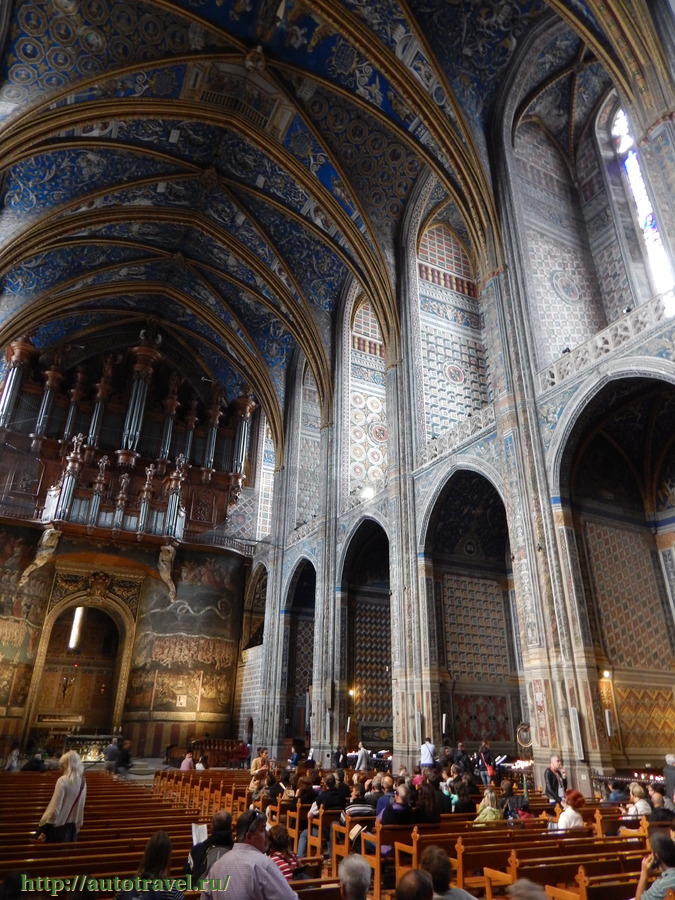 On one of the walls of the cathedral, under the organ, there was a fresco 'The Last Judgment' in the style of Flemish painters, which amazed the imagination of contemporaries. And not only by the high art of performance, but also by the size: initially its area was 300 square meters (although only 200 of them have survived to this day). the central part of the image has been lost).
On one of the walls of the cathedral, under the organ, there was a fresco 'The Last Judgment' in the style of Flemish painters, which amazed the imagination of contemporaries. And not only by the high art of performance, but also by the size: initially its area was 300 square meters (although only 200 of them have survived to this day). the central part of the image has been lost).
At the beginning of the 16th century, the vaults of the cathedral were painted in the style of monumental painting so that, looking up during prayer, the believer was shocked by their magnificence. The total area of the paintings of the Albi Cathedral is 18,500 square meters - it is the largest monument of painting of the Renaissance in France. By the way, the nave of this cathedral is also a kind of record holder: it is the widest in France (18 meters).
In the thirties of the 18th century, a new organ was installed in the Cathedral of Saint Cecilia, revered as the heavenly patroness of musicians. This grandiose musical instrument with a unique sound is the handiwork of the master Christopher Musherel from Toulouse.
The Saint-Cecile Cathedral contains many ancient relics and works of church art from the 13th-19th centuries. Among them are the bishop's staff (lacrosse) from the 13th century, a reliquary and a statue of Saint Cecilia, an Italian polyptych of 1345 with scenes from the life of the Lord Jesus Christ depicted on it, a 14th century bishop's ring with sapphire, as well as liturgical utensils and liturgical items from precious metals of different eras.
Note that the cathedral in the city of Albi, striking with its grandeur and beauty of the interior, was still not the first religious building in this place. The very first Christian temple was built here in the fourth century - it was destroyed by fire in 666. Some time later, a Romanesque temple was erected here - it is mentioned in the chronicles dated 920. Thus, the current Southern Gothic cathedral of Saint-Cécile is the third in a row.
 The cathedral was founded by the local bishop Bernard de Castane, concurrently - the inquisitor of Languedoc, as an expression of gratitude to the Lord God for the successful completion of the Albigensian crusade against the heretics - the Cathars. The austere appearance of the cathedral, reminiscent of a fortress, was supposed to symbolize the stronghold of the Catholic faith and its readiness to resist heresies. At the time of the founding of the cathedral, Albi was an episcopal city that was not subject to either the local nobility or the French king - but only directly to the Pope.
The cathedral was founded by the local bishop Bernard de Castane, concurrently - the inquisitor of Languedoc, as an expression of gratitude to the Lord God for the successful completion of the Albigensian crusade against the heretics - the Cathars. The austere appearance of the cathedral, reminiscent of a fortress, was supposed to symbolize the stronghold of the Catholic faith and its readiness to resist heresies. At the time of the founding of the cathedral, Albi was an episcopal city that was not subject to either the local nobility or the French king - but only directly to the Pope.It is interesting that for the construction of the grandiose basilica, the Bishop of Albi invited the Catalan architect Pons Descoils, who became famous for the construction of not only church and secular buildings, but also impressive for his time military defensive facilities.
The cathedral was built in the southern Gothic style - with narrow windows, resembling loopholes, buttresses and other elements that emphasize its severity and resemblance to a fortress. For the construction, they used a brick made of clay, mined near Albi - after firing it took on a reddish-terracotta color.
The consecration of the cathedral took place only on April 23, 1480. The giant cathedral was 113.5 meters long, 35 meters wide and 78 meters high at the top of the bell tower. The interior of the temple was originally as austere as its appearance and had no decorations, except for the red-orange plaster that covered the walls. However, with the onset of the Renaissance, everything changed. In the 70s - 80s of the 15th century, a choir with a lecture hall appeared in the Cathedral of St. Cecilia. The choir was decorated with fine stone carvings, multi-colored statues made by Burgundy masters, as well as bas-reliefs and delicate arches - all this splendor has survived to this day.
 On one of the walls of the cathedral, under the organ, there was a fresco 'The Last Judgment' in the style of Flemish painters, which amazed the imagination of contemporaries. And not only by the high art of performance, but also by the size: initially its area was 300 square meters (although only 200 of them have survived to this day). the central part of the image has been lost).
On one of the walls of the cathedral, under the organ, there was a fresco 'The Last Judgment' in the style of Flemish painters, which amazed the imagination of contemporaries. And not only by the high art of performance, but also by the size: initially its area was 300 square meters (although only 200 of them have survived to this day). the central part of the image has been lost).At the beginning of the 16th century, the vaults of the cathedral were painted in the style of monumental painting so that, looking up during prayer, the believer was shocked by their magnificence. The total area of the paintings of the Albi Cathedral is 18,500 square meters - it is the largest monument of painting of the Renaissance in France. By the way, the nave of this cathedral is also a kind of record holder: it is the widest in France (18 meters).
In the thirties of the 18th century, a new organ was installed in the Cathedral of Saint Cecilia, revered as the heavenly patroness of musicians. This grandiose musical instrument with a unique sound is the handiwork of the master Christopher Musherel from Toulouse.
The Saint-Cecile Cathedral contains many ancient relics and works of church art from the 13th-19th centuries. Among them are the bishop's staff (lacrosse) from the 13th century, a reliquary and a statue of Saint Cecilia, an Italian polyptych of 1345 with scenes from the life of the Lord Jesus Christ depicted on it, a 14th century bishop's ring with sapphire, as well as liturgical utensils and liturgical items from precious metals of different eras.
Note that the cathedral in the city of Albi, striking with its grandeur and beauty of the interior, was still not the first religious building in this place. The very first Christian temple was built here in the fourth century - it was destroyed by fire in 666. Some time later, a Romanesque temple was erected here - it is mentioned in the chronicles dated 920. Thus, the current Southern Gothic cathedral of Saint-Cécile is the third in a row.
You can write a letter to God or light a candle in the temple .
Gallery
Помощь верующим
в этом месте
Прочие услуги
Венчание
Крещение
Освящение
Соборование
